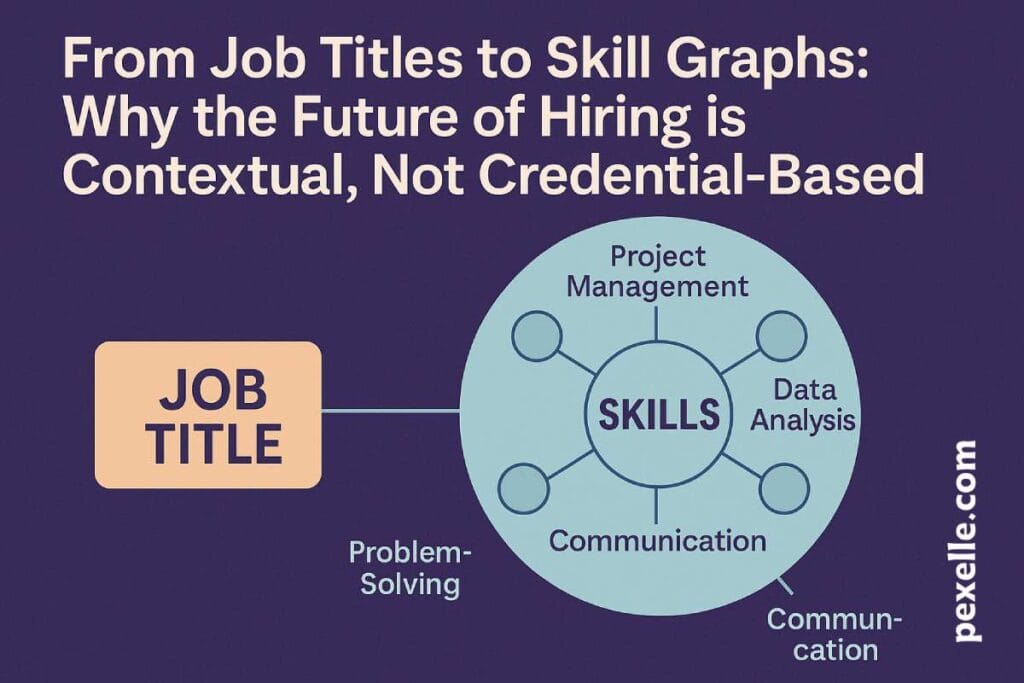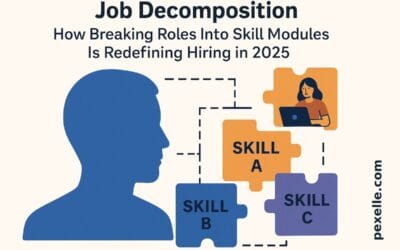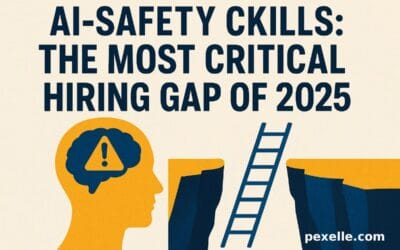From Job Titles to Skill Graphs: Why the Future of Hiring is Contextual, Not Credential-Based

Moving Beyond Traditional Job Titles
For decades, hiring processes have revolved around job titles and academic credentials. Employers scan resumes for degrees, certifications, and familiar titles such as Software Engineer or Marketing Manager. While this system provides a shorthand for qualifications, it is increasingly inadequate in today’s fast-changing labor market. Job titles rarely capture the full range of an individual’s capabilities, and credentials often lag behind the real skills required by industries adapting to digital transformation, artificial intelligence, and new market demands.
The Rise of Skill Graphs
Skill graphs represent a paradigm shift. Instead of viewing skills in isolation, a skill graph maps how each competency connects to others within an industry or occupation. For example, proficiency in Python is not just a programming skill—it links to machine learning frameworks, data analysis practices, and even cloud computing platforms. This interconnected perspective helps employers see the bigger picture of a candidate’s potential, rather than relying on static labels. Platforms like Pexelle use AI to generate and update these graphs dynamically, ensuring relevance in rapidly evolving fields.
Why Context Matters More Than Credentials
Credentials remain useful, but they fail to capture context. A certificate in project management does not reveal whether someone has applied those methods in a startup environment, a government agency, or a global corporation. Context—how, where, and with what other skills a person has used their knowledge—is what truly determines value. By analyzing skill graphs, recruiters can identify candidates who not only “have” a skill but can deploy it effectively in the environments they need. This makes hiring decisions more accurate, fair, and forward-looking.
Benefits for Employers and Talent
Employers benefit from reduced hiring mismatches and better workforce planning, while job seekers gain visibility for their real capabilities—even those not tied to formal credentials. A designer who learned UX research while freelancing, or a self-taught developer proficient in blockchain security, can now demonstrate their value through skill graphs rather than relying solely on formal recognition. This democratizes opportunities and encourages lifelong learning.
The Future of Hiring
As industries embrace automation and globalization, adaptability will define success. Hiring will no longer be about matching resumes to rigid titles but about assembling agile teams based on contextual skills. Skill graphs, powered by AI and standardized frameworks like ESCO and O*NET, are the infrastructure for this future. The transition from job titles to skill graphs represents not just an HR innovation but a broader cultural shift: valuing what people can do and adapt to, rather than what they are labeled as.
Source : Medium.com




